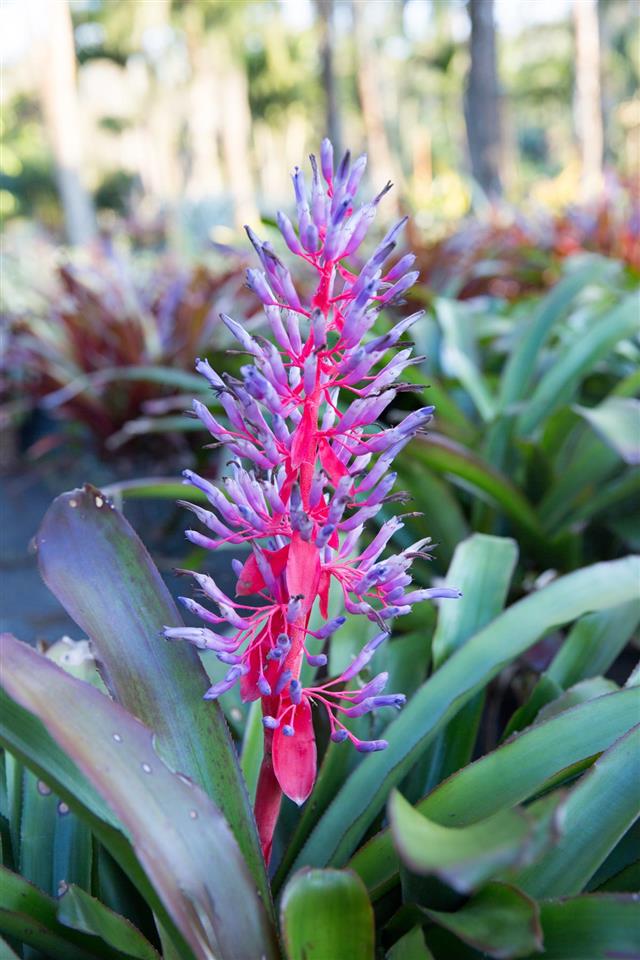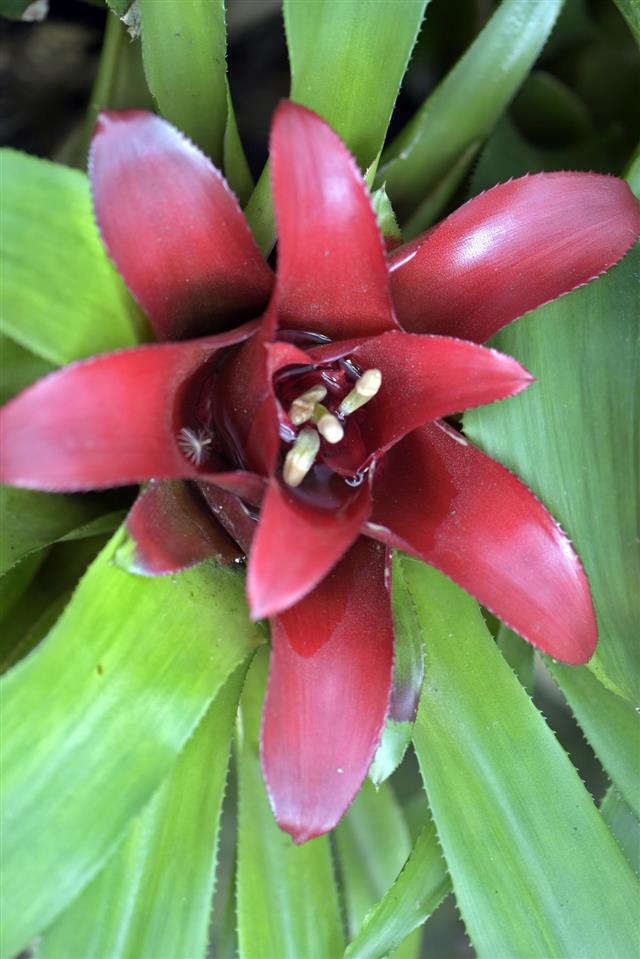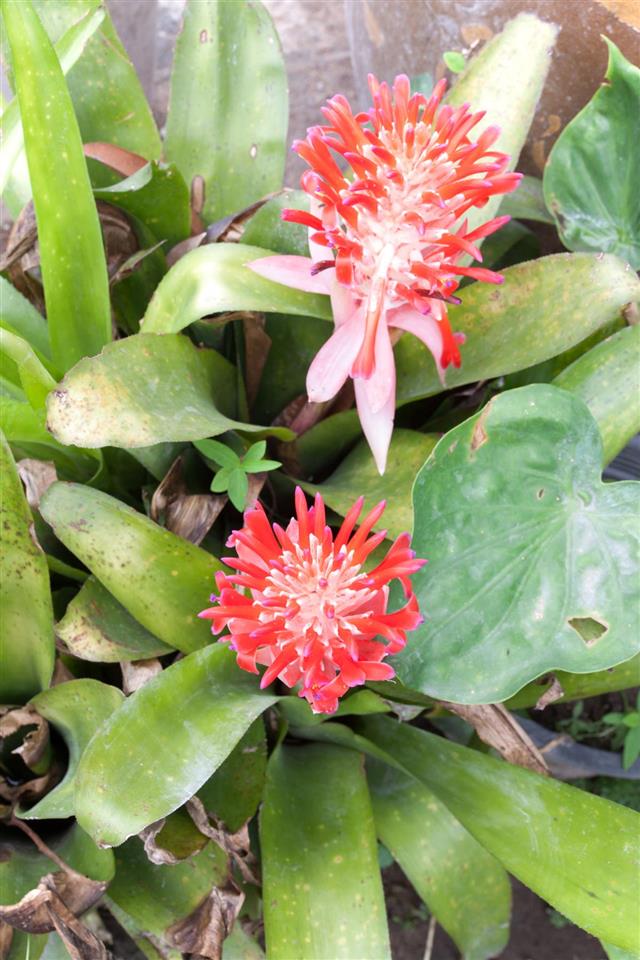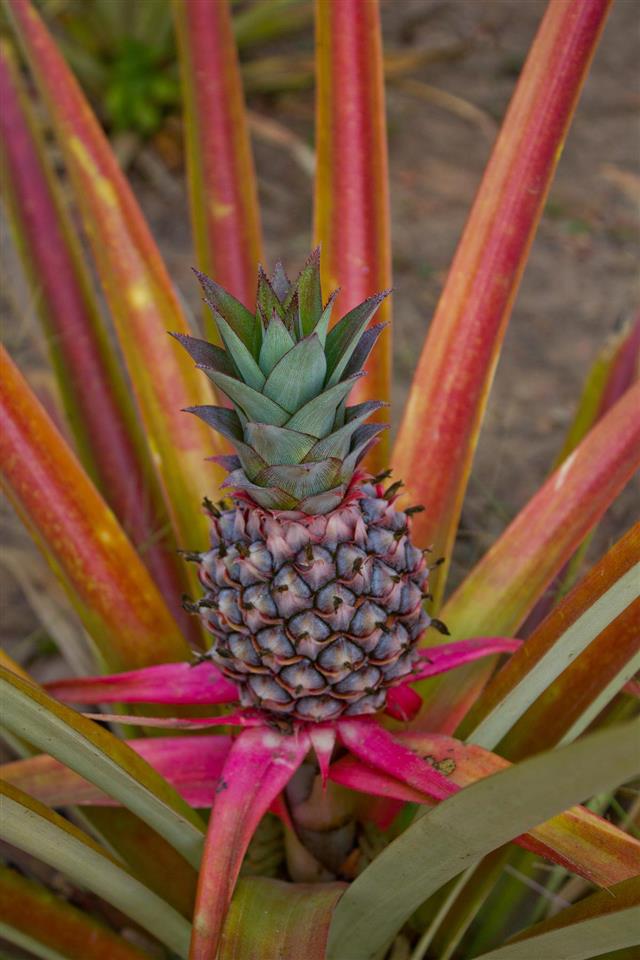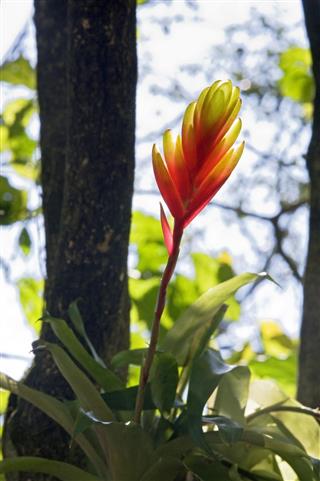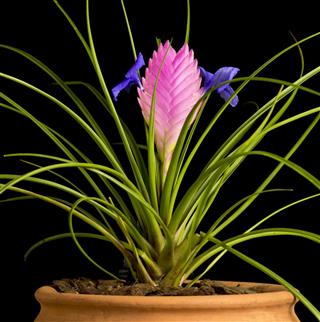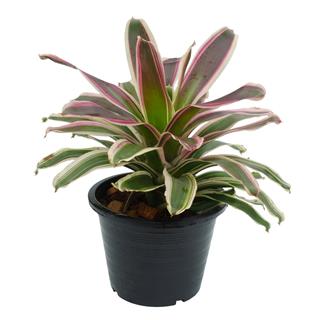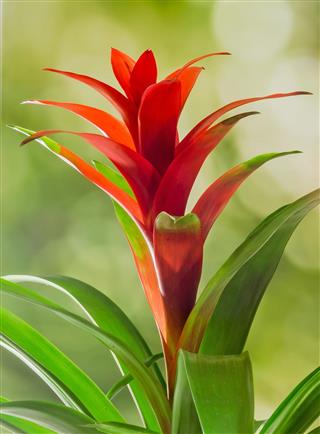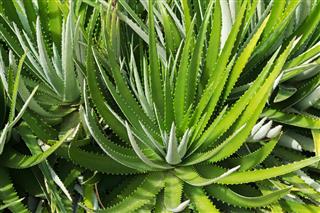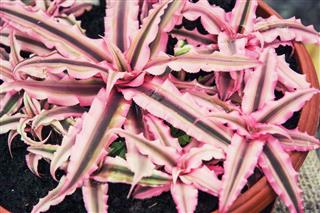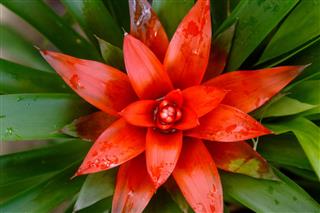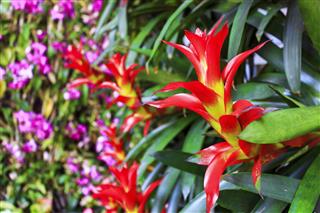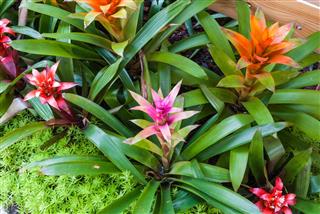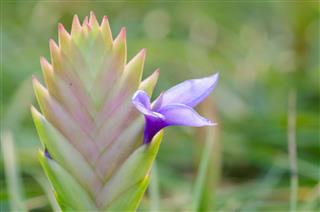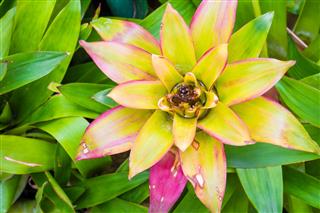
There are many different bromeliad types which can be grown indoors as well as outdoors. Read to find out more about various types of bromeliads and some interesting facts.
Can you tell what a bromeliad is? How about pineapple? Well, if you’re confused as to why we’re talking about pineapple, then the answer to this confusion is―pineapple is a bromeliad. This perennial monocotyledon plant, which means it has one-seed leaf, grows in the American tropics, and a majority of the species are found in Brazil. Other examples of one seed leaf plants are daylily and corn, rather than two seed leaves like roses or beans.
Types of Bromeliad
Did you know that there are certain varieties, also called epiphytes (plants that take in moisture and nutrients from the atmosphere and rain), which tend to take support of other trees in order to grow.
Aechmea: Native to South America, the leaves of this plant are tight, overlapping with one another, and have no stem. The shape is similar to a vase that contains over a gallon of water. In dry seasons, this excess supply of water aids in the plant’s survival. The leaves come in different ranges of beautiful colors like dark red, light green, green with silver bands, and dark maroon. If you wish to grow Aechmeas in your homes, you need to provide the plant indirect sunlight and keep the temperature stable, between 40―50°F. The leaves should be always filled with water.
Ananas: An edible species, the leaves are striped and have beautiful colors like pink or creamish-white. All the varieties can be grown indoors. It requires full sunlight, should be grown in 40―50°F temperature, and the soil must be kept damp thoroughly.
Billbergia: There aren’t many leaves on these plants and the fluorescence typically sags downwards, unlike other types that stand erect. If you wish to grow any of the Billbergia bromeliads, you can do so by planting fresh seed. All you need to make sure is to provide the plants indirect sunlight, keep the soil damp at all times, and the temperature between 40―50°F.
Cryptanthus: Native to southern Brazil, Cryptanthus bromeliads have no stems and are typically grown for their colorful leaves. As there are many varieties, the leaves come in vibrant shades of bronze, pink, red, green, brown, and other combinations as well. It can be grown inside your homes as the size is quite small. It requires 40―50°F temperature for growth. Always soak the plants in water while watering, and let it dry thoroughly.
Dyckia: Mostly native to central Brazil, Dyckia bromeliads come in various sizes, but look pretty similar to an aloe plant. The cluster of leaves are flat, tough, have thorns, and curls slightly over the tips. For growing, you need to make sure the plants get enough bright light. Keep the temperature stable at 30―40°F and plant Dyckia in a pot which drains thoroughly.
Guzmania: The majority of Guzmania bromeliad are found in Colombia and Costa Rica. Some varieties are epiphytic, however other species can also be grown in soil. The leaves are smooth, shiny, and come in various different colors like red, orange, and yellow. While growing these at home, make sure to keep it in shaded areas, away from sunlight. The temperature should not go below 30°F and beyond 40°F. The soil should be kept damp thoroughly. Remember to keep the plant in a well-drained pot and in a well-ventilated area.
Neoregelia: There are around 50 species of Neoregelias, along with many other varieties. Mostly native to eastern Brazil, Neoregelia bromeliads come in different colors like green, bright red, pink and cream, and dark green with silver bands. To grow Neoregelias, keep it in indirect sunlight, keeping the temperature stable between 30―40°F. Always keep the soil damp and keep the plants in pots that drain properly.
Nidularium: Native to Brazil, Nidularium bromeliads can be easily found growing over decomposing logs or directly on the ground. Looks wise, Nidulariums tend to match Neoregelias; hence the names can also confuse many. While growing these, make sure it gets indirect sunlight, and receive 30―40°F temperature. Remember to thoroughly water the plants, and let it dry properly.
Portea: Native to South America, its leaves can grow over 3 feet high with thorns on sides of the leaves. The leaves come in yellowish-green color. While growing these, it requires full sunlight but can get sunburned. This plant needs 40―50°F temperature, and survives with adequate watering.
Tillandsia: There are around 500 different species of Tillandsia in the world. Capable of growing on almost anything (decomposing logs, branches), these Tillandsia bromeliads tend to use their roots to hang on to branches. As there are many varieties of Tillandsias, the leaves come in vibrant colors like silver-grey and reddish-brown. You can grow it on slabs and tree branches, giving the plant enough water, with indirect sunlight, proper ventilation, and in a pot that drains properly.
Vriesea: There are many epiphytic which have blunt, green leaves and are shaped like a vase. The plants come in different sizes, ranging from 5 inches to 5 feet tall. Mostly native to South America, the leaves of Vriesea bromeliads come in various shades like green-purple, green-yellow, and blue-green with purple cross bands. In order to grow Vrieseas in your house, keep the plant in indirect sunlight that holds a stable temperature between 30―40°F. These plants can grow in high humid areas; the soil should be kept damp in growing seasons, and less damp during the rest of the year.
